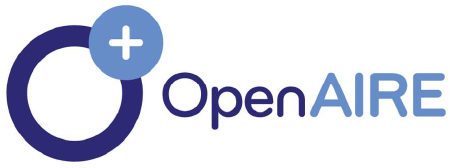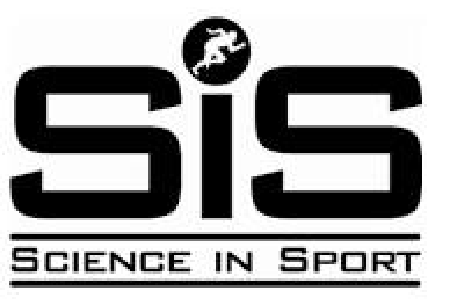EXPERIMENTAL STUDY ON THE EFFECTIVENESS OF DEVELOPED METHODS FOR TEACHING CREATIVE WRITING
Abstract
This study investigates the effectiveness of newly developed methods for teaching creative writing in comparison to traditional instructional approaches. The purpose of this experiment is to assess whether innovative teaching strategies can improve students' creative writing skills, including their ability to produce original content, organize thoughts effectively, and engage in the writing process with greater motivation and confidence. The study was conducted with 60 high school students, divided into an experimental group and a control group. Data was collected through pre- and post-assessments, including creative writing tasks, creativity tests, and student surveys. The results indicate that the experimental group, which utilized new instructional techniques, showed significant improvement in creativity and engagement compared to the control group. These findings suggest that creative writing instruction can be enhanced through more dynamic, student-centered methods.
References
1. Graham, S., & Perin, D. (2007). Writing next: Effective strategies to improve writing of adolescents in middle and high schools. Alliance for Excellent Education.
2. Murray, D. (1982). A Writer Teaches Writing: A Practical Method of Teaching Composition. Houghton Mifflin.
3. Torrance, E. P. (1974). Torrance Tests of Creative Thinking. Personnel Press.
4. Vygotsky, L. (1978). Mind in Society: The Development of Higher Psychological Processes. Harvard University Press.
.






















